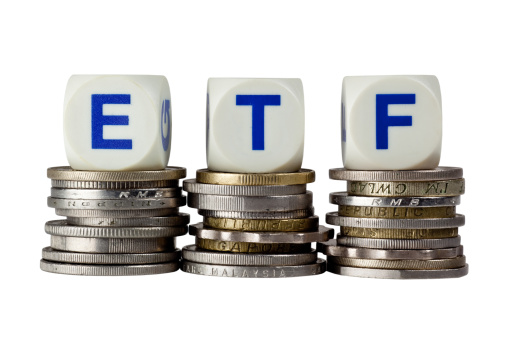Investing
VIX Summer Low: From Fear to Euphoria, VIX ETFs and ETNs Not Tracking
Published:
Last Updated:
It was just in March that the CBOE VOLATILITY S&P 500m Index, or the VIX, hit a low of almost 11.0. The signal then was that there was not a care in the world, easy money from quantitative easing was going to last forever and the bull market had no risks at all. Then came the fears in June that quantitative easing might come with tapering on a timeline faster than expected. All of a sudden, the VIX jumped from a low of 11.05 to peak of more than 21 in June. That was then, and on Monday the VIX closed at 12.29, the lowest reading since mid-May.
Now on Tuesday we have stocks trying to take a breather after new highs have been seen, and the VIX is up almost 6% at 13.03. That may seem like a big gain, but it is also historically very low. What stands out, which you will see below, is that the exchange traded fund (ETF) and exchange traded note (ETN) products tracking the VIX are not tracking the target properly.
It has just been over a week since we saw one technician call for the S&P 500 Index to rise to 2,584, based on a long-term Fibonacci analysis of the charts. In short, that would be a secular bull market. Be advised that, if today’s VIX gain holds up, it appears that this would only mark the third trading day since June 24 that the VIX has risen. In short, that is only three days in 20 that the VIX would be up.
Why this matters is that the stock market is sitting on massive gains and effectively at new all-time highs. It seems that whenever we write these sort of articles, some interruption comes up in the market within days or a week. The incredibly low VIX implies that buying stock market protection via put options is dirt cheap. If you can buy long-term options for protection on the cheap, it can prevent you from selling into a strong rally, but still allow you to sleep at night knowing that your gains (or downside) are protected.
We would note that there is a discrepancy between the actual VIX and its ETF or ETN products. We have shown three of these exchange traded products, how wide their 52-week ranges are and all are close to a low in price, and added in a brief Yahoo! Finance description so that investors can determine what the strategy of each product aims to achieve.
The iPath S&P 500 VIX ST Futures ETN (NYSEMKT: VXX) is up only one cent at $15.83, against a 52-week trading range of $15.60 to $60.40. Its Yahoo! Finance description is as follows: “The investment seeks to replicate, net of expenses, the S&P 500 VIX Short-Term Futures Total Return Index. The index offers exposure to a daily rolling long position in the first and second month VIX futures contracts and reflects the implied volatility of the S&P 500 Index at various points along the volatility forward curve.”
The ProShares VIX Short-Term Futures ETF (NYSEMKT: VIXY) is up only four cents at $42.64, against a 52-week range of $42.00 to $160.60. Its Yahoo! Finance description is as follows: “The investment seeks to provide investment results (before fees and expenses) that match the performance of the S&P 500 VIX Short-Term Futures Index. The fund intends to obtain exposure to its index by investing in futures contracts based on the Chicago Board Options Exchange Volatility Index.”
The iPath S&P 500 VIX MT Futures ETN (NYSEMKT: VXZ) is up four cents at $20.24, against a 52-week range of $19.54 to $44.31. Its Yahoo! Finance description is as follows: “The investment seeks to replicate, net of expenses, the S&P 500 VIX Mid-Term Futures Total Return Index. The index offers exposure to a daily rolling long position in the fourth, fifth, sixth and seventh month VIX futures contracts and reflects the implied volatility of the S&P 500 Index at various points along the volatility forward curve.”
After two decades of reviewing financial products I haven’t seen anything like this. Credit card companies are at war, handing out free rewards and benefits to win the best customers.
A good cash back card can be worth thousands of dollars a year in free money, not to mention other perks like travel, insurance, and access to fancy lounges.
Our top pick today pays up to 5% cash back, a $200 bonus on top, and $0 annual fee. Click here to apply before they stop offering rewards this generous.
Flywheel Publishing has partnered with CardRatings for our coverage of credit card products. Flywheel Publishing and CardRatings may receive a commission from card issuers.
Thank you for reading! Have some feedback for us?
Contact the 24/7 Wall St. editorial team.